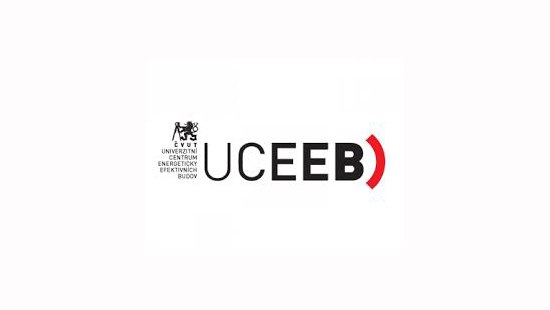The measurement of efficiency, energy consumption and indoor environment quality

On 16. 11. 2015, the first stage of a series of measurements performed on heating systems was completed. The investigation is focused on the efficiency of heat distribution exhibited by individual heating systems, and the homogeneity of the temperature field they produce. The executed measurements were carried out for a simulated outdoor temperature of -12 °C; the set building quality was that of a so-called nearly zero-energy building. The results proved that the type of heating plays an important role in the creation of a high-quality indoor environment even in buildings that are so economical energy-wise.
It is evident from the structure of the temperature field (in a steady state) that convection heaters produce distinct thermal stratification, with temperature differences of up to 3 °K, the coldest values being reached near to the floor. This contrasts with the results for radiant underfloor heating, where the temperature difference is a maximum of 0.5 °K and the air near the floor is the warmest.
It is clear from the graph that the most even distribution of temperatures occurs in rooms heated by what are known as large-surface radiant systems – i.e. underfloor and ceiling heating, displayed on the left, with the distribution becoming less even as one moves to the right, where ceiling and wall radiant panels are shown. The far right end of the table features standard heating sources based on the warming of air.
Testing will continue via the planned 2nd and 3rd stages of the investigation, when a test mannequin, "OSKAR", will be used for the first time in the Czech Republic. OSKAR fully simulates the conditions for the feeling of comfort when individual kinds of heating are used. The energy requirements of the compared heating systems necessary for the maintenance of the feeling of "comfort" in the given room will also be measured here. In the 3rd stage, the quality of the environment will be evaluated with regard to the air circulation produced by the individual heating systems.
In Jeseník, on 29.11.2015
Cyril Svozil




